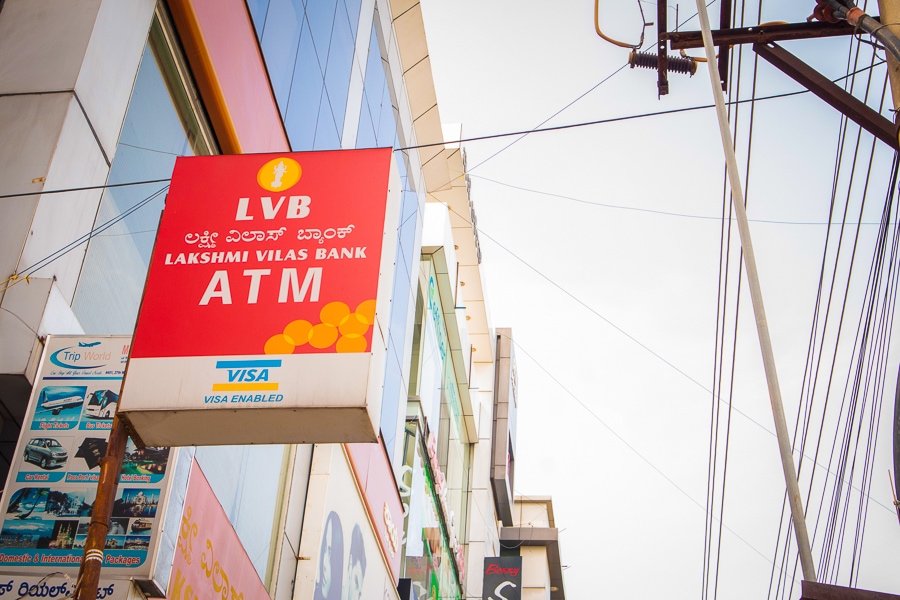
RBI places moratorium on Lakshmi Vilas Bank, plans amalgamation with DBS
LVB official says 'confused' by moratorium move; Clix merger talks failed as lending norms differed

Image: Shutterstock
The Reserve Bank of India (RBI) on Tuesday unveiled a draft proposal to merge the troubled Lakshmi Vilas Bank (LVB) with DBS, the local arm of the Singapore-based DBS Holdings, just hours after placing it under a moratorium, fearing capital raising concerns.
This RBI move mirrors what it did with the once-troubled Yes Bank earlier in the year, when it placed Yes Bank under a moratorium. State Bank of India and other leading financial institutions invested in Yes Bank.
As part of the proposed merger, DBS Bank is expected to bring in Rs 2,500 crore in the equity of the bank, which would boost its financial position. The RBI will aim to finalise the scheme of amalgamation or reconstruction, so that LVB depositors are not inconvenienced.
The RBI move thus ends the talks which LVB was carrying out with non-banking financial company Clix Capital, for a capital infusion and merger with the bank.








